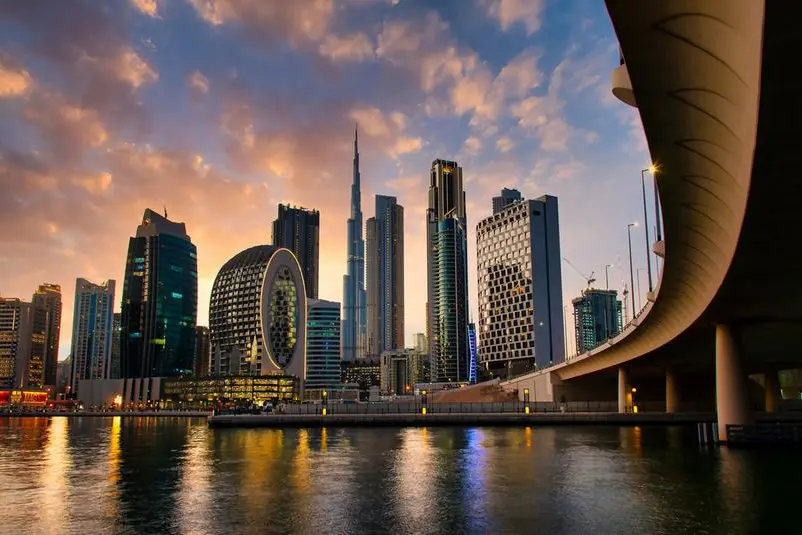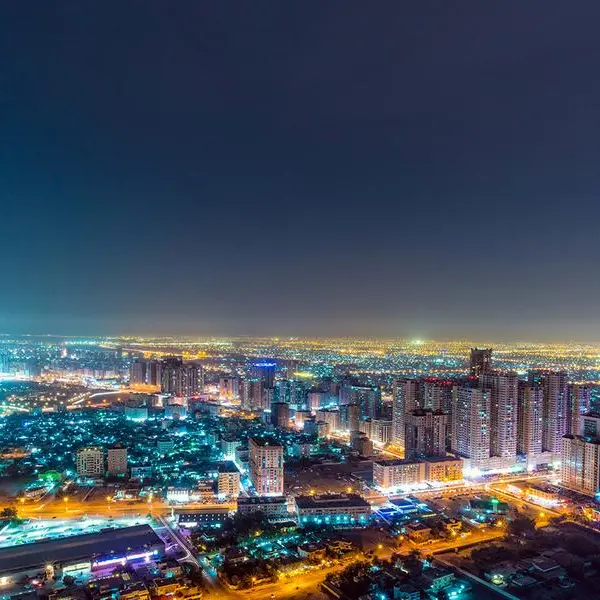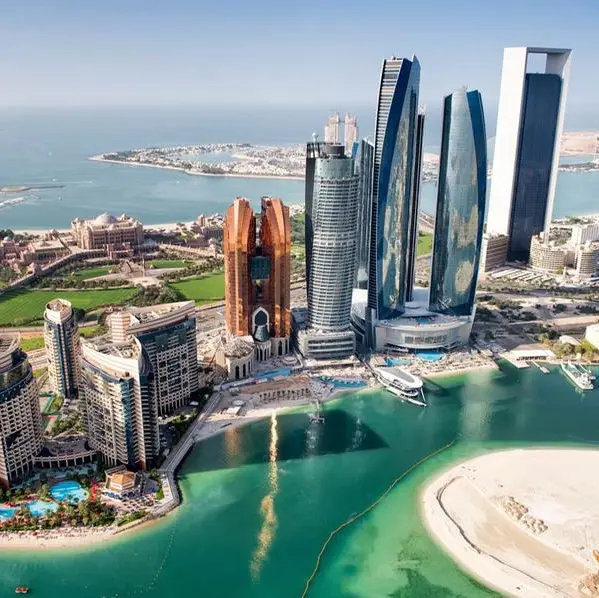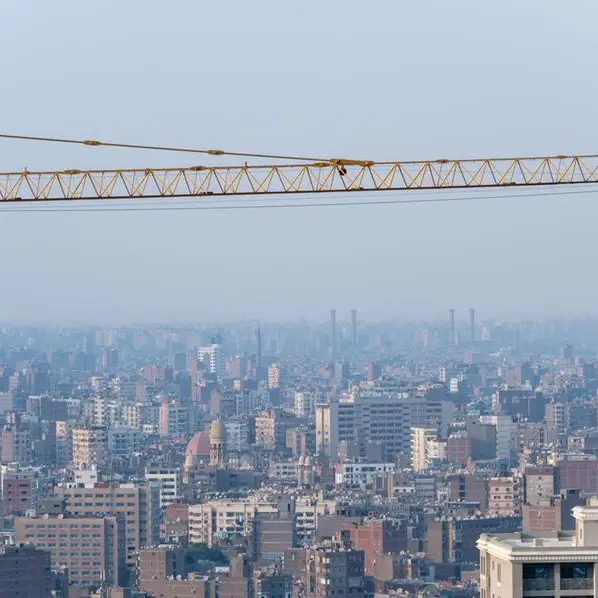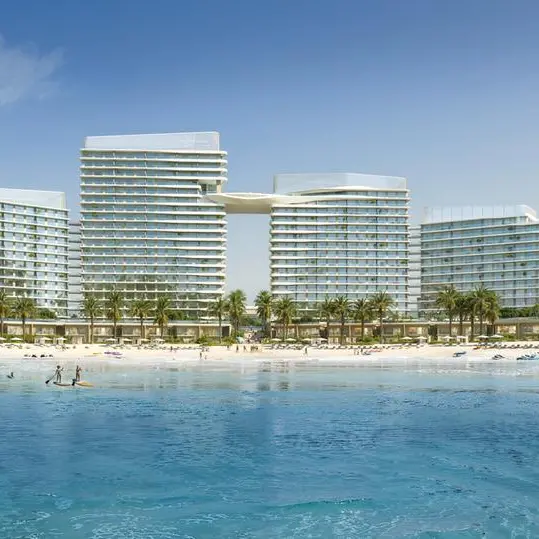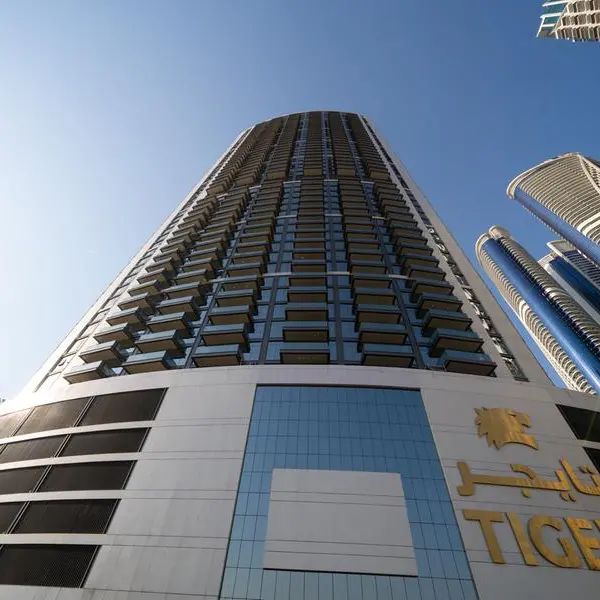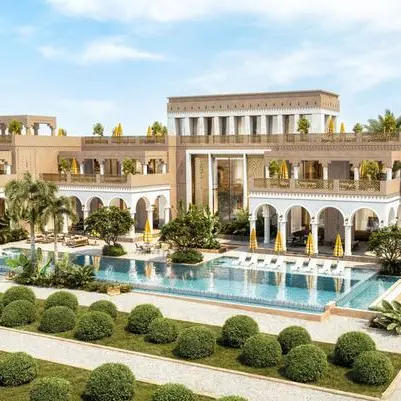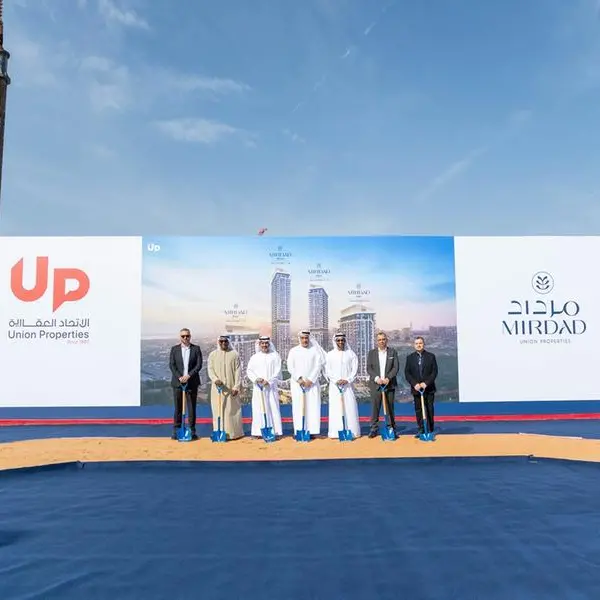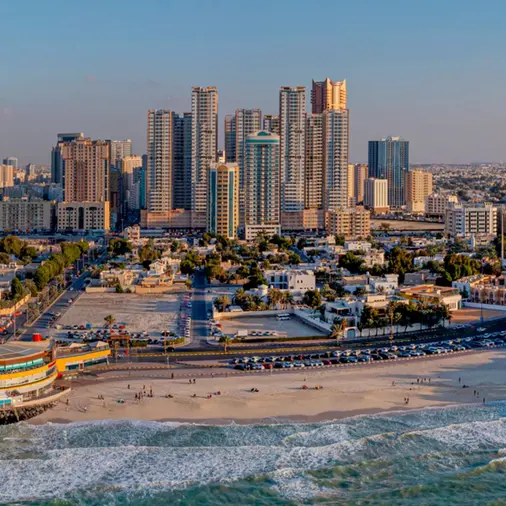PHOTO
As India eyes another possible rate hike following the US Federal Reserve’s anticipated moves this week, the Indian rupee is bobbing just shy of the key psychological level of INR 80 to the US dollar.
While this is not great news if you are an Indian importer, for expatriates in the GCC, analysts agree the time may be ripe to consider property investment back home.
The Indian rupee is trading at 79.65 against the US dollar on Tuesday morning.
This indeed is a good time for Non-Resident Indians (NRIs) to take advantage of the depreciated rupee as well as the growing real estate market in India, said Kunal Chawla, Chief Investment Officer at the Dubai DIFC-based Finmark Capital Ltd.
"If you study rupee over the long term, you will find that after every depreciation rupee consolidates for a long period before any new downward slide, and if that holds true this time as well, then you have a good level of entry at INR 80 per USD," he told Zawya.
According to a recent report by real estate advisory 360 Realtors, NRI investments in the real-estate sector accounted for $13.1 billion in 2021 and are projected to grow by 12% in 2022.
Chawla said there are other reasons as well to consider property investment in India right now, including the relatively poorer performance of other asset classes and a simplified tax regime where "any capital appreciation is taxed at 20% flat post indexation when held for over two years."
Ramesh Ranganathan, CEO (Residential) of K Raheja Corp., an Indian developer, told Zawya recently that NRIs in the GCC have played a very large role in terms of investment back home.
He also observed that the ongoing pressure on the rupee has sped up decision-making among investors.
However, he added that it was not only the weaker rupee that has led to recent rise in property buying; there have been “…other structural changes like a stamp duty waiver, which really created a greater level of momentum for transactions going through, though this was more specific to the state of Maharashtra."
While the evolution of a post-Covid remote workstyle has led to a slight shift from traditional metros, NRI investments do tend to focus on urban centres. "While more than 56% of all real estate investments by NRIs are made in Delhi-NCR, Bengaluru is second with 22% and Mumbai is third with 11%," India-based real estate developer DLF said in a recent report.
Chawla believes that India's status as one of the fastest-growing economies in the world in 2022 and the likelihood it will remain among the top growth economies for the entire decade are also key factors in the investments.
"This would support the case for growth across segments, from the lower end of the spectrum, with greater inclusions from government schemes to middle income [segments] who are seen to be migrating to high-rise buildings and ultra-luxurious sought-after properties, from Jor Bagh in Delhi to Pali Hill in Mumbai," he said.
Although Fitch Ratings last week trimmed its growth forecast for the Indian economy to 7% in 2022–23 from 7.8%, the growth projection is still high when compared to its global GDP forecast of 2.4%, down from 2.9% in 2022.
(Reporting by Brinda Darasha; editing by Seban Scaria)
